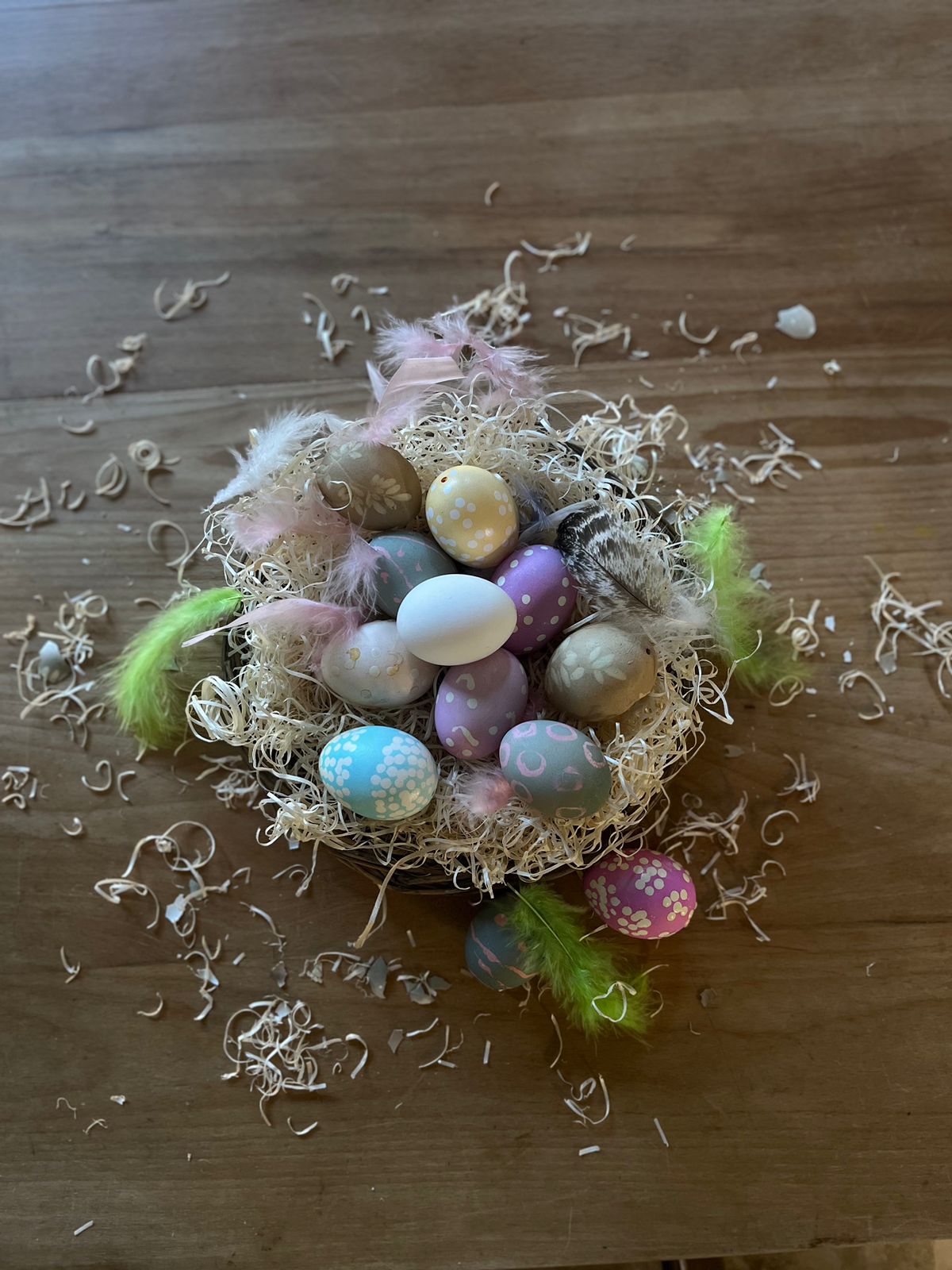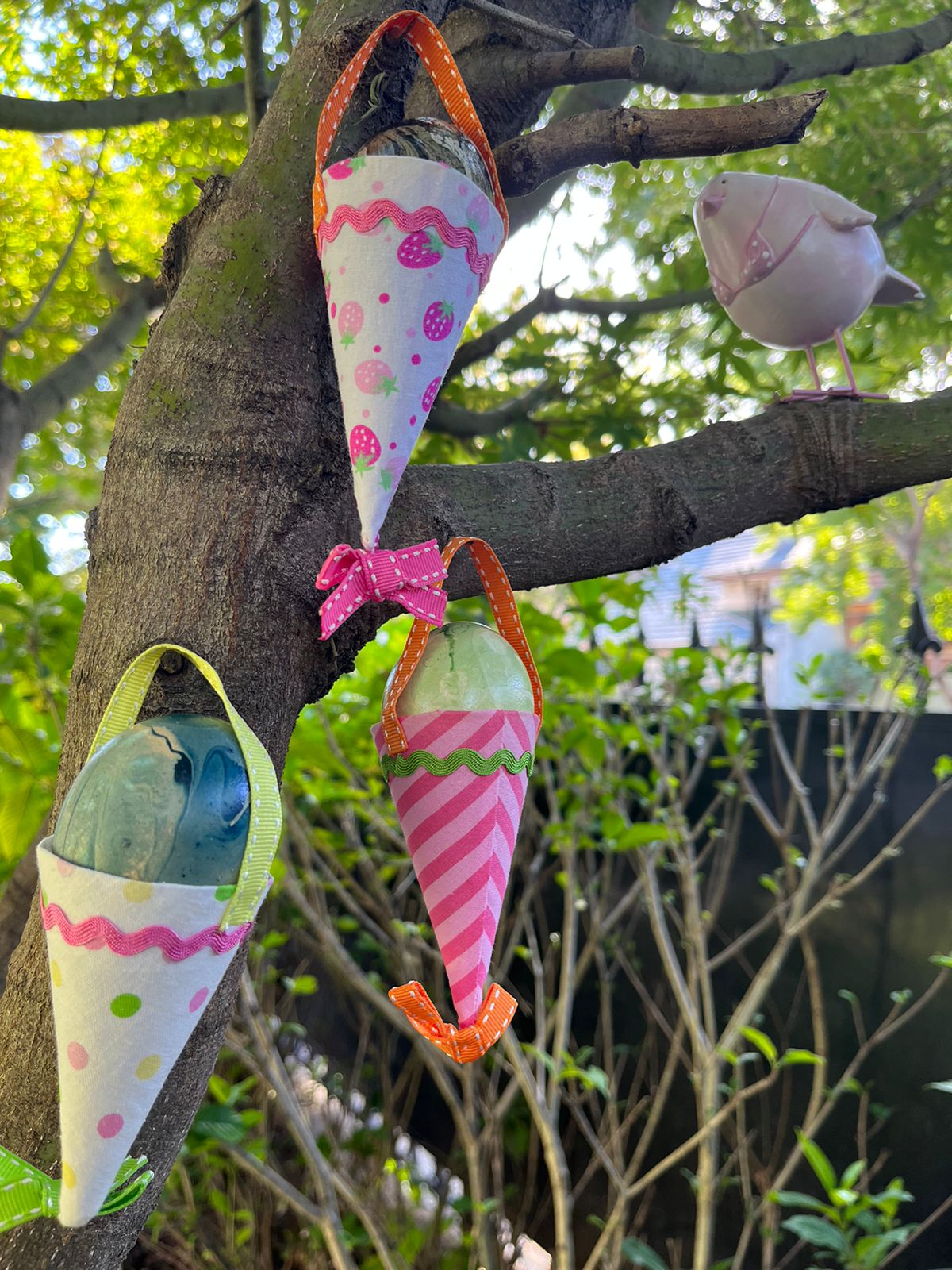Easter in Spain is like no other. Easter is seen as a religious festivity and is not celebrated on just the one day, it is celebrated the whole week leading up to Easter Sunday.
This week is known as Holy week and is one of the most celebrated weeks of the year. The date that the Holy week is celebrated changes
year on year and is dictated by nature. Easter Sunday is always the first Sunday after the full moon of Spring.
Today, we will discover some of the yearly rituals that are associated with the Easter celebrations throughout the country.
The Easter tradition in Spain is built around major processions that take place in some of the bigger cities and towns all over the country. The processions in Malaga-Velez and Seville are extremely well
known and attract tourists from all over the world. One of the processions that is in closer proximity to Sotogrande, is the procession in Fuengirola that is held on the Friday leading up to Easter Sunday.
You are probably asking yourself what these processions consist of? Well, it is where religious brotherhoods
perform penances related to historical events that took place in the bible.
What are some of the things you might see during these processions? Each procession has its own float
and musical accompaniment. The music consists of the traditional holy week melodies that are
performed with a sad sound mostly with trumpets and drums. The images that are kept within the
churches during the year are taken out on tour, mounted on beautiful floats and accompanied by floral
embellishments. These tend to be images of Virgins, Christ, the crucifixion or ‘Nazarenos’ that represent
the passion and death of Christ. ‘Nazarenos’ are adherents of different religious brotherhoods that
accompany their images in procession. They are also known as penitents, and they are responsible for
walking in front of images holding candles and incense. They are one the symbols of the Holy week. One
of the most significant cultural events of the week are the ‘Saetas’ which is the singing to the images that
are being paraded. The tune resembles that of flamenco.
People dress up often with what is called a ‘Capirote’, which is a large, pointed hat and a cloak, whose
significance dates back to the Spanish inquisition when those who were condemned by the religious
authority were forced to wear them. Different colour ‘Capirotes’ are worn to symbolise different things.
Many of the women wear a ‘Mantilla’ which is a black veil used on the days of the passion of Christ to
show mourning and pain.
‘The Vigil’ is a religious custom whereby many abstain from meat on Good Friday as a sign of respect for
the death of Jesus on the cross. Meat is very often replaced with cod on this day. It is typical for families
to gather together and host large dinner parties. There are several street stands that offer the classic
sweet treats for the occasion. ‘Torrijas’ are a traditional Spanish sweet that consists of toast soaked in
milk and honey, dipped in egg and fried (I don’t actually know too many people who enjoy them). There are also ‘Pestiños’ which are a fried pastry coated in sugar (again, I don’t know anyone who chooses to eat them) and buñuelos which are small donuts coated with sugar or chocolate (these are actually quite nice).
On Easter Sunday many families will attend mass in the morning or evening and this will be
accompanied with a large family gathering and meal usually after the mass.
The religious aspect of Easter may not appeal to many, but this is definitely a time where lots of drinking and eating takes place. It is worth visiting the processions for the experience, the streets are packed and there is always a very good atmosphere. Due to these major celebrations there is not much going on
locally.
For those who have kids aged between 6-12 and are working full time, La Reserva is hosting an Easter camp that finished with an Easter egg hunt on the Sunday.
For those who have time off and have young children, the Supermarkets are filled with copious amounts of chocolate. There is certainly sufficient to organise Easter egg hunts at home or prepare some baked goods with your loved ones. If not, this is the perfect opportunity to relax and recharge. Whatever you decide to do, Landcaster wishes you a wonderful Easter break!
Photos: Quica Martinez Deco- @quicamartinez

